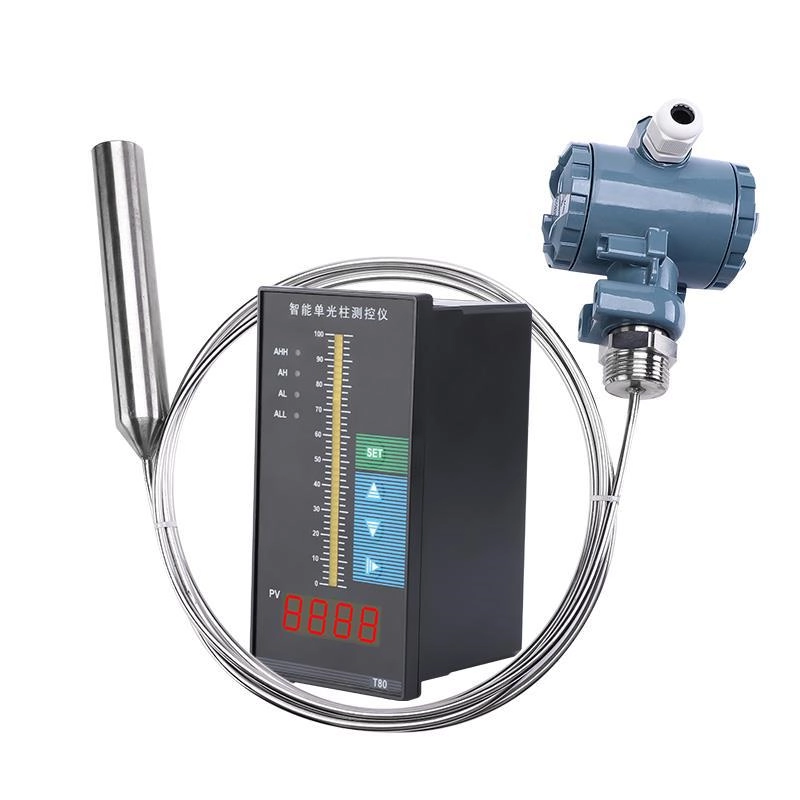In industrial environments where precise measurements are critical, high-temperature stainless steel sensors have emerged as reliable solutions. These sensors are designed to operate in extreme conditions while providing accurate and consistent readings. In this comprehensive guide, we will explore the calibration frequency, maintenance requirements, and applications of high-temperature stainless steel sensors.

Calibration Frequency for High-Temperature Stainless Steel Sensors
The calibration frequency of the iot corrosive resistant level sensor depends on several factors, including the sensor type, application environment, manufacturer recommendations, and industry standards. Proper calibration ensures that the sensor maintains its accuracy and reliability over time.
| Calibration Frequency | Description |
|---|---|
| Laboratory Standard | Every 6 months for controlled laboratory environments where precision is paramount. |
| Industrial Field Applications | Annually for general industrial applications where the sensor operates under standard conditions. |
| Extreme Environments | Every 3 months for environments with extreme temperatures, high humidity, or exposure to corrosive substances. |
For sensors used in critical applications, such as those found in the chemical processing or pharmaceutical industries, more frequent calibration may be necessary. Always refer to the manufacturer's guidelines for specific calibration intervals, as these are based on the sensor's design and performance characteristics.
Maintenance Guidelines for Optimal Performance
To ensure the long-term performance and reliability of high-temperature stainless steel sensors, the following maintenance practices are recommended:
- Regular Cleaning: Clean the sensor periodically to remove any debris or contaminants that might affect its performance. Use a soft cloth or brush and avoid abrasive materials that could damage the sensor surface.
- Seal Inspection: Check the seals and gaskets for wear and tear, and replace them if necessary to maintain the sensor's waterproof and dustproof integrity.
- Environmental Protection: Install the sensor in a location that minimizes exposure to harsh environmental conditions. Use extension cables or remote

